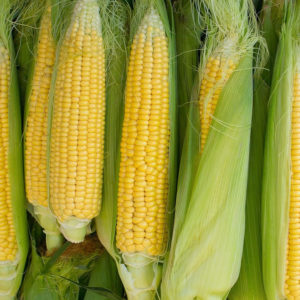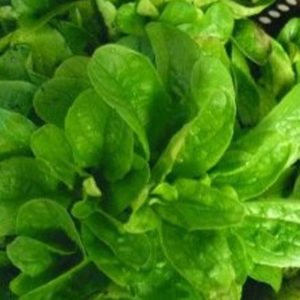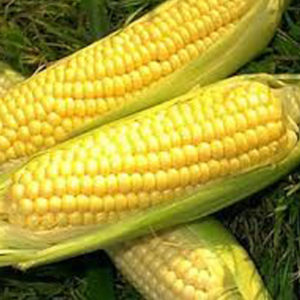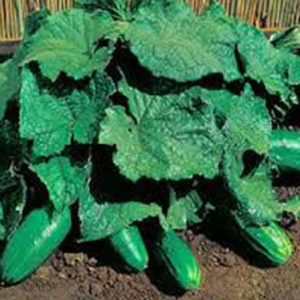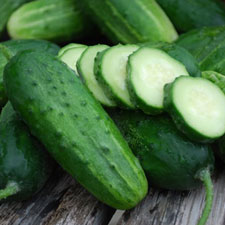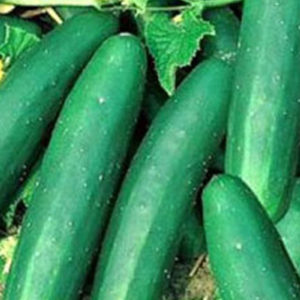-
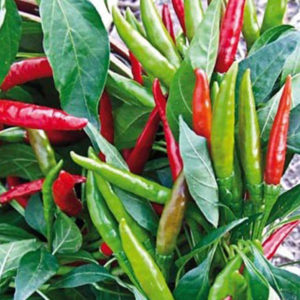 Capsicum annuum Compact plant even suitable for a largish pot with beautiful upright green to red fruit reaching upward on top of plant, so quite unusual and ornamental. And of course delicious. Found right through Asia and introduced by the Spanish conquistadors. Considered very hot yet used in most of the Thai dishes we eat. Recommended.
Capsicum annuum Compact plant even suitable for a largish pot with beautiful upright green to red fruit reaching upward on top of plant, so quite unusual and ornamental. And of course delicious. Found right through Asia and introduced by the Spanish conquistadors. Considered very hot yet used in most of the Thai dishes we eat. Recommended. -
Out of stock
 Zea Mays This multicoloured corn is beautiful to look at and lovely steamed. Open pollinated ancient, multi coloured actual sweet corn growing 2 metres & more. Has good sugar levels and ready to eat in 90 days after planting. Reportedly found by archaeologists in the Anasazi ruins. Plant as all corn - full sun, rich organic soil and plenty of water.
Zea Mays This multicoloured corn is beautiful to look at and lovely steamed. Open pollinated ancient, multi coloured actual sweet corn growing 2 metres & more. Has good sugar levels and ready to eat in 90 days after planting. Reportedly found by archaeologists in the Anasazi ruins. Plant as all corn - full sun, rich organic soil and plenty of water. -
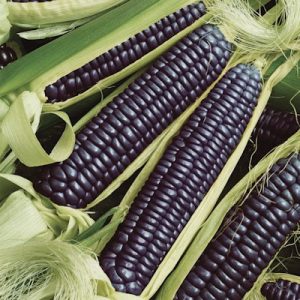 Zea mays This corn is blue to the eye and truly remarkable to grow. This is a rare seed. Blue Hopi corn has so much anthocyanins in it that some say that it is has more antioxidant potential than blueberries. Limited quantities. Considered a staple corn of the Hopi people, this corn can be eaten as a sweet corn when young, or allowed to dry it can be used to make flour. Hopi Blue has a higher protein content than a dent corn and makes wonderful tortillas. The 7 inch, dried blue ears also make great autumn decorations. Plants are 2 metres tall.
Zea mays This corn is blue to the eye and truly remarkable to grow. This is a rare seed. Blue Hopi corn has so much anthocyanins in it that some say that it is has more antioxidant potential than blueberries. Limited quantities. Considered a staple corn of the Hopi people, this corn can be eaten as a sweet corn when young, or allowed to dry it can be used to make flour. Hopi Blue has a higher protein content than a dent corn and makes wonderful tortillas. The 7 inch, dried blue ears also make great autumn decorations. Plants are 2 metres tall. -
Out of stock
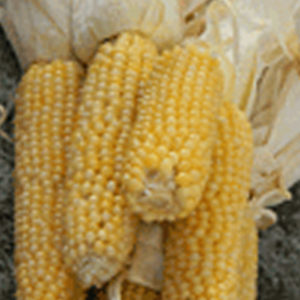
Zea mays The popping corn is a round or small oval cob that can be eaten very small as baby corn or wait till maturity then allow to dry before removing kernels from cob for popping. Kernels are a pale yellow and because they are so fresh better success and taste can be guaranteed unlike the old kernels bought in supermarkets. Normal growing requirements as for all corn.
-
Out of stock
 Cucumis sativus Classic heirloom, Boston pickling cucumber dates back to 1880 and is a vigorous vine giving large yields of smooth green fruit that can be picked small with solid flesh making it ideal for pickling.
Cucumis sativus Classic heirloom, Boston pickling cucumber dates back to 1880 and is a vigorous vine giving large yields of smooth green fruit that can be picked small with solid flesh making it ideal for pickling. -
Out of stock
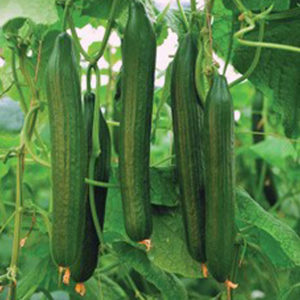 Cucumis sativus Longest and thinnest fruit on climbing plant this dark green cucumber grows to 30cm with a white crisp centre. Very sweet and rewarding to grow with fine thin skin making the whole fruit edible.
Cucumis sativus Longest and thinnest fruit on climbing plant this dark green cucumber grows to 30cm with a white crisp centre. Very sweet and rewarding to grow with fine thin skin making the whole fruit edible.

